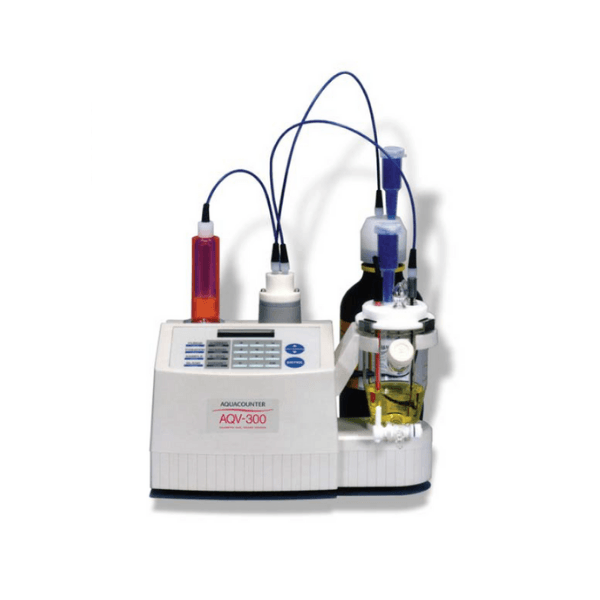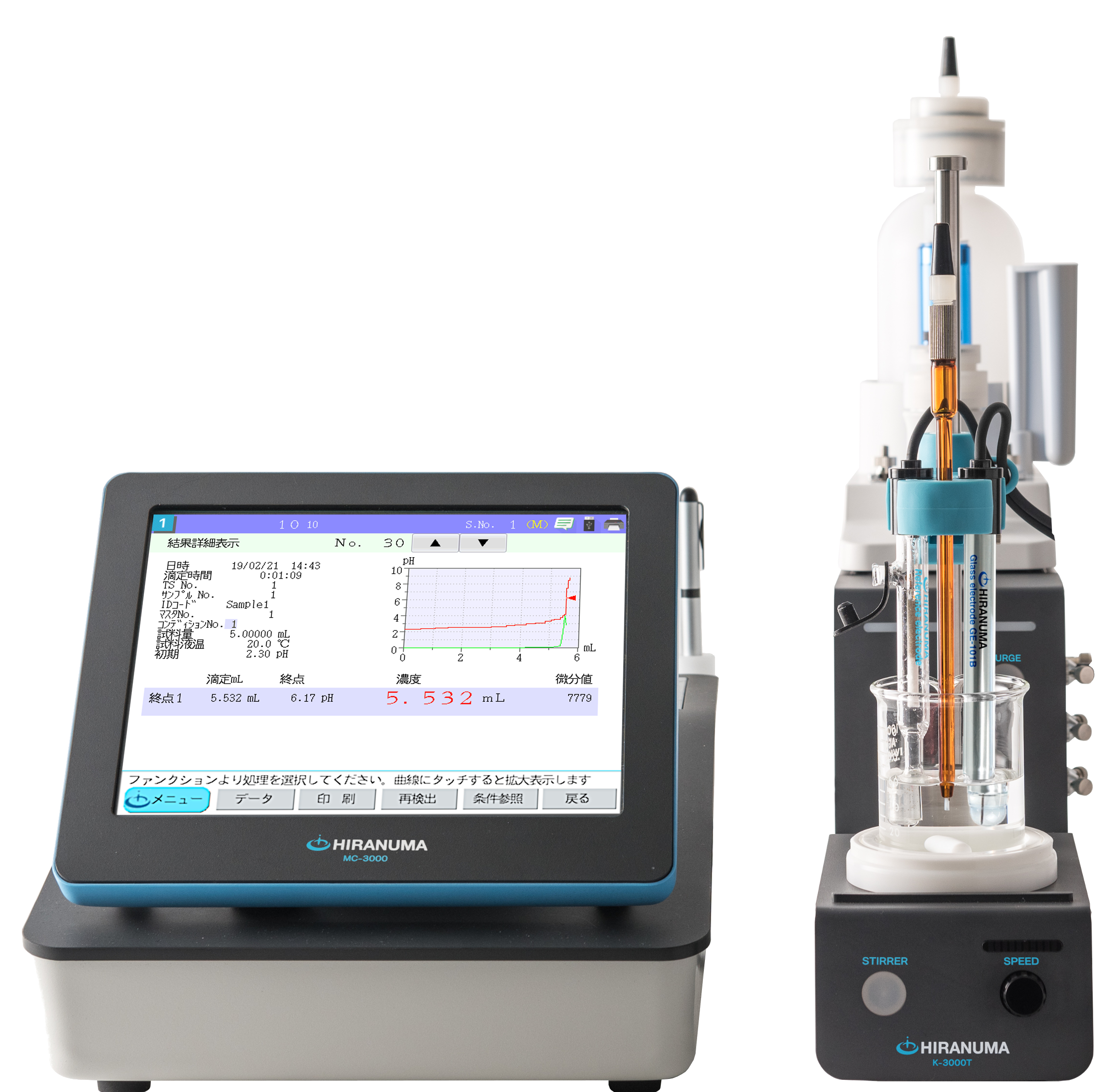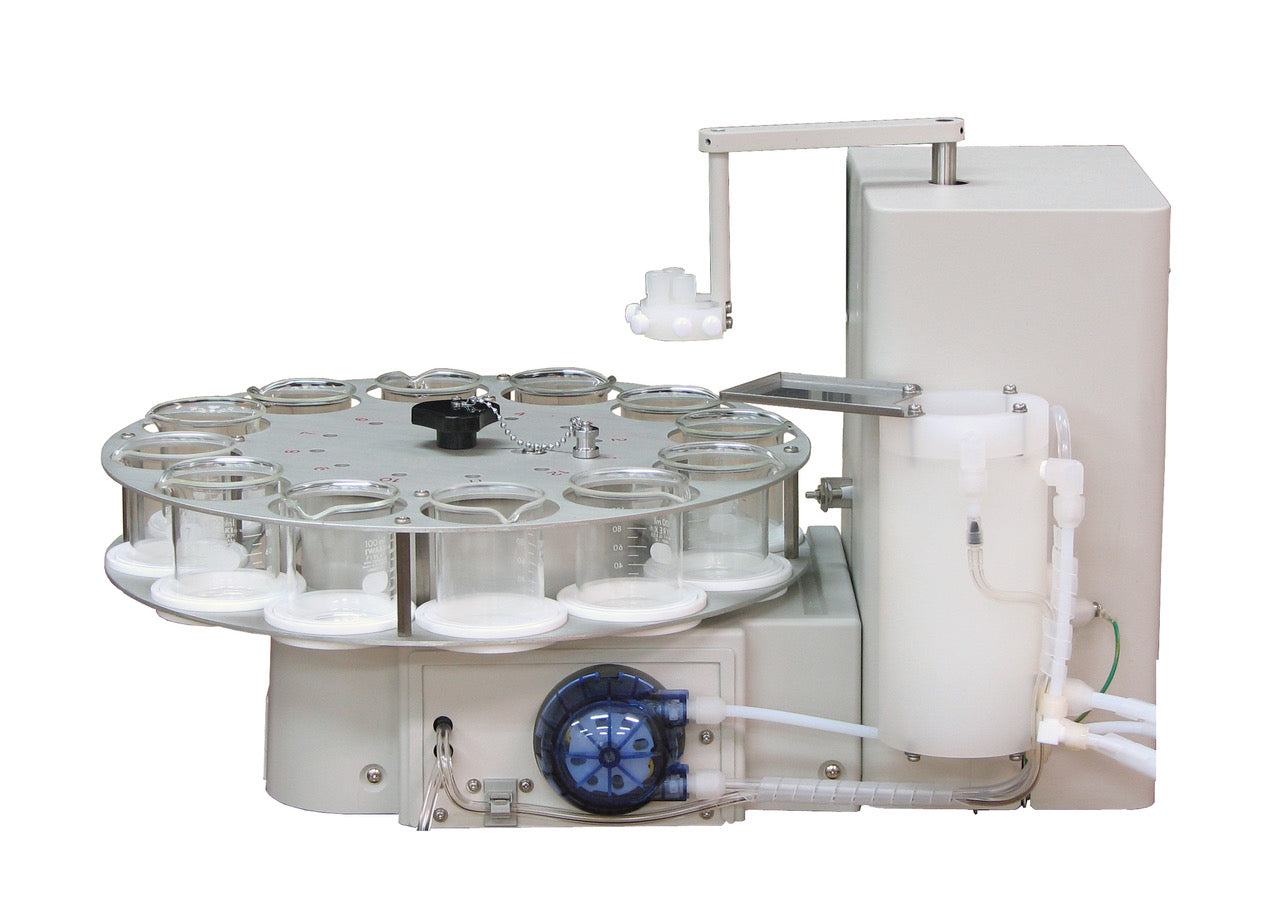Karl Fischer & Potentiometric Titration Application Library
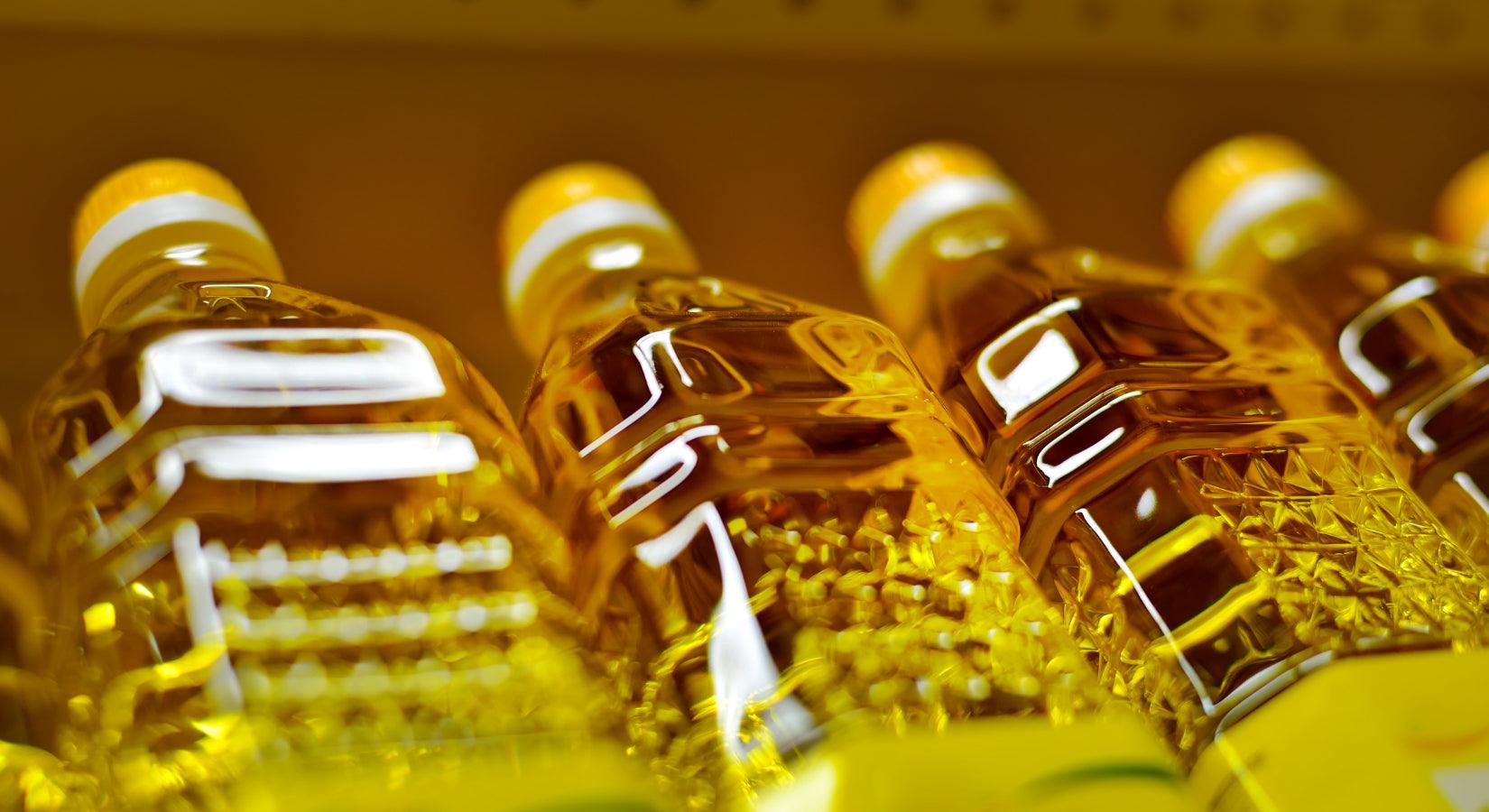
Iodine value measurement for cooking oil | Autotitrator
Fatty acid in cooking oil, for example, oleic acid and linoleic acid absorb one or two of iodine molecules. Other kinds of cooking oils also absorb specific amount of iodine.
Iodine value means the “g” value of halogen which adhere to 100 g of sample; it is defined as indicators for unsaturated bond components of oils and fat in Pharmacopoeias: JP, USP, and EP.
There are two kinds of measuring methods such as Hanus method and Wijs method for Iodine value measurement. The former uses iodine bromide and the latter uses iodine chloride as halogen. In this chapter, the measurement example using more popular Wijs method is introduced.
Iodine value means the “g” value of halogen which adhere to 100 g of sample; it is defined as indicators for unsaturated bond components of oils and fat in Pharmacopoeias: JP, USP, and EP.
There are two kinds of measuring methods such as Hanus method and Wijs method for Iodine value measurement. The former uses iodine bromide and the latter uses iodine chloride as halogen. In this chapter, the measurement example using more popular Wijs method is introduced.
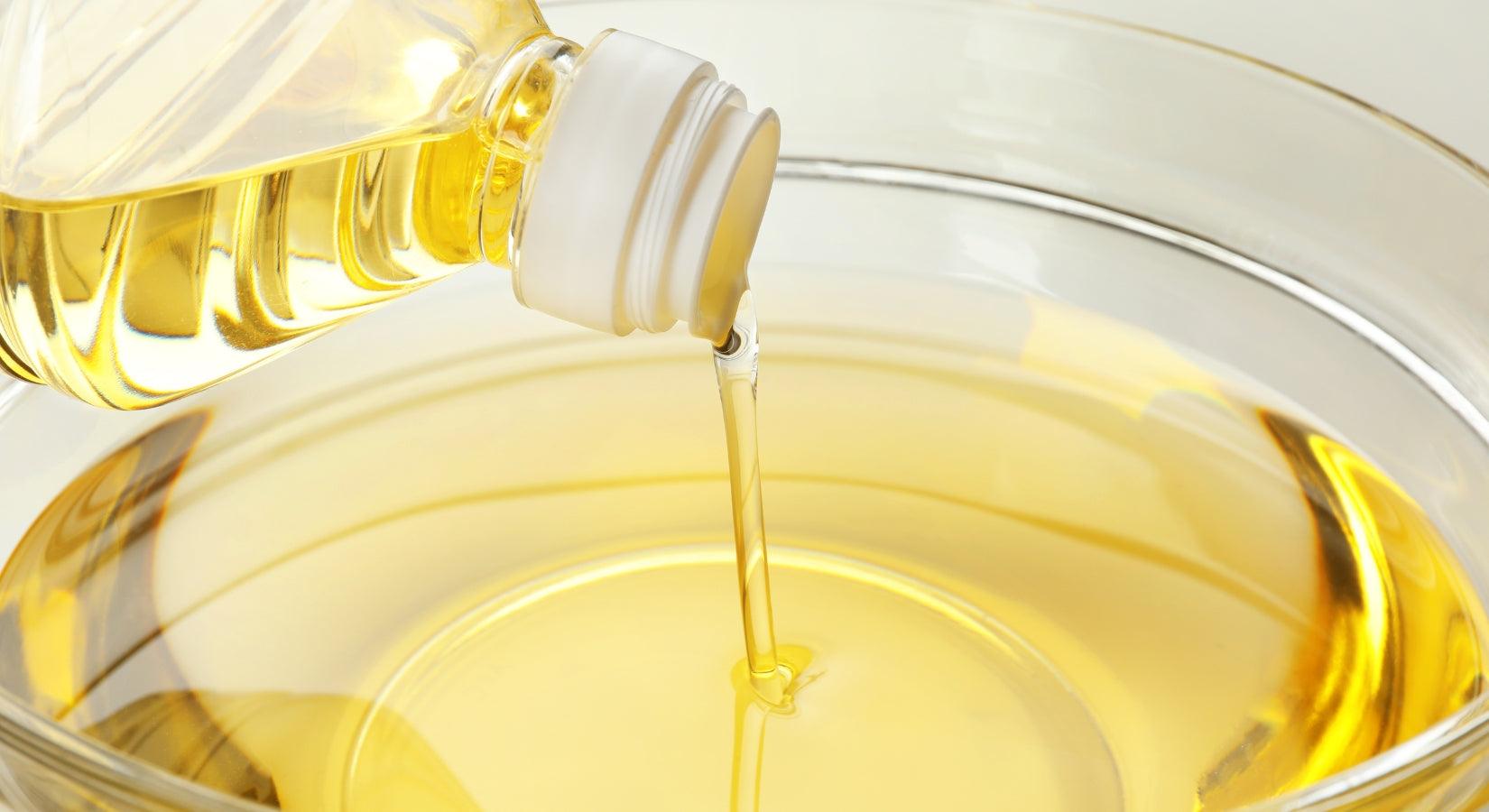
Acid value of cooking oil | Autotitrator
Acid value of oils and fats is defined as “amount (mg) of potassium hydroxide required to neutralize fatty acid in 1 g of sample” (Formula (1)).
R-COOH + KOH → R-COOK + H₂O ・・・(1)
It is used for evaluation of free fatty acid content as quality index of oils and fats. This method is described in a variety of official standards such as “Japan Agricultural Standards” and Pharmacopoeias. Example of titration for acid value in cooking oil is introduced here.
Reference
1) Japanese Pharmacopoeia Seventeenth Edition
R-COOH + KOH → R-COOK + H₂O ・・・(1)
It is used for evaluation of free fatty acid content as quality index of oils and fats. This method is described in a variety of official standards such as “Japan Agricultural Standards” and Pharmacopoeias. Example of titration for acid value in cooking oil is introduced here.
Reference
1) Japanese Pharmacopoeia Seventeenth Edition
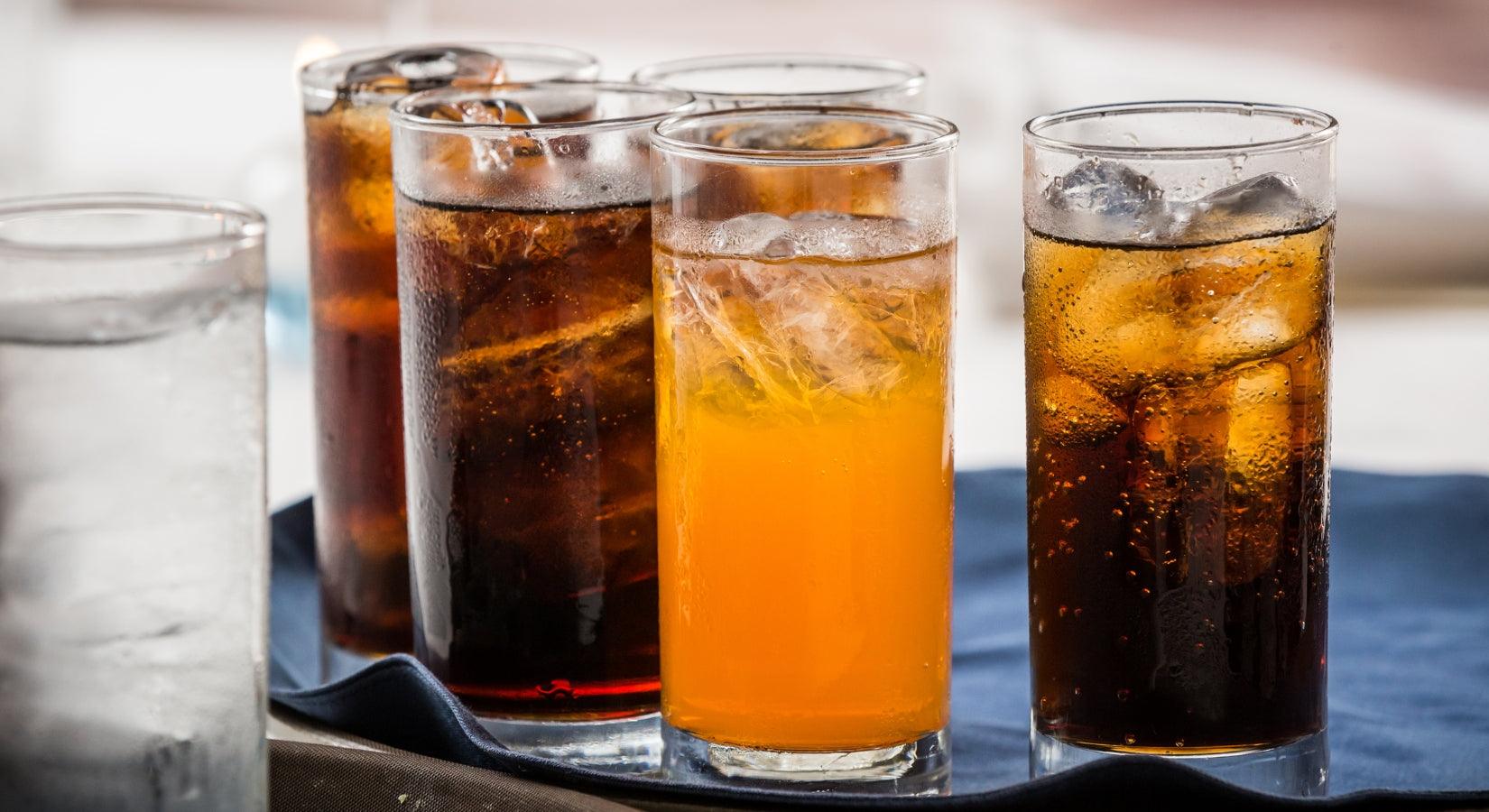
Continuous measurement of citric acid and vitamin C in soft drink | Autotitrator
Example of sequential titration for vitamin C and citric acid in a soft drink is introduced here.
(1) Firstly, perform neutralization titration for citric acid with sodium hydroxide standard solution.
(2) After the titration, add acetic acid to adjust to acidic pH. Perform redox titration for vitamin C (ascorbic acid) by iodine standard solution.
The sequential titration of citric acid and vitamin C will be possible by additional option (buret and simplified dispenser).
(1) Firstly, perform neutralization titration for citric acid with sodium hydroxide standard solution.
(2) After the titration, add acetic acid to adjust to acidic pH. Perform redox titration for vitamin C (ascorbic acid) by iodine standard solution.
The sequential titration of citric acid and vitamin C will be possible by additional option (buret and simplified dispenser).
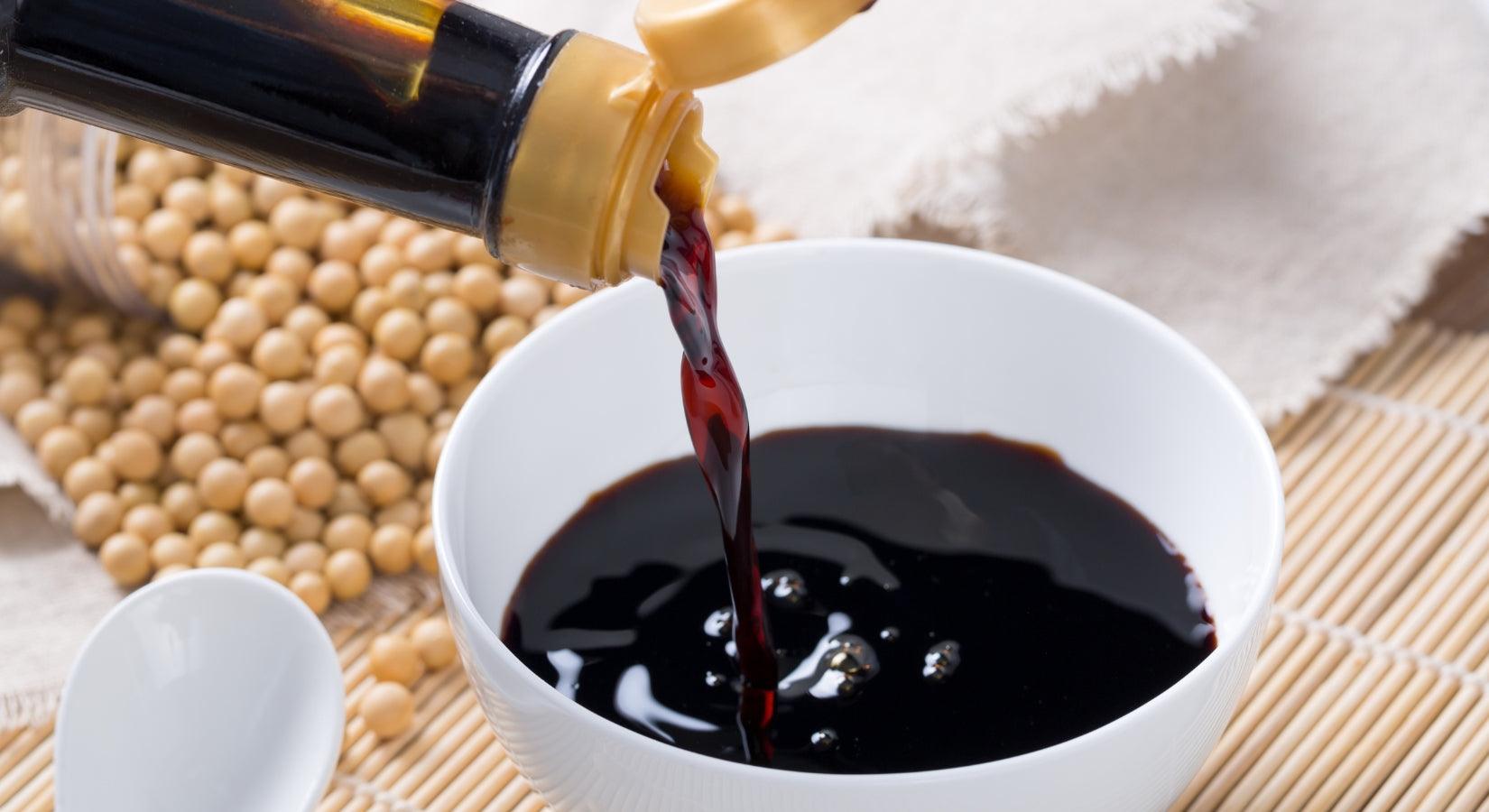
Salt Content in Soy Sauce | Autotitrator
The determination method of salt content in soy sauce is described as “Measurement of Salt Content” in JAS (Japanese Agriculture Standard). Potentiometric titration and Mohr method is defined in JAS as determination method of salt content, potentiometric titration is more common method because of its ease and high precision. The sample is acidified by nitric acid and the concentration of salt is determined byprecipitation titration with silver nitrate titrant using the silver electrode.
NaCl + AgNO₃ → AgCl + NaNO₃
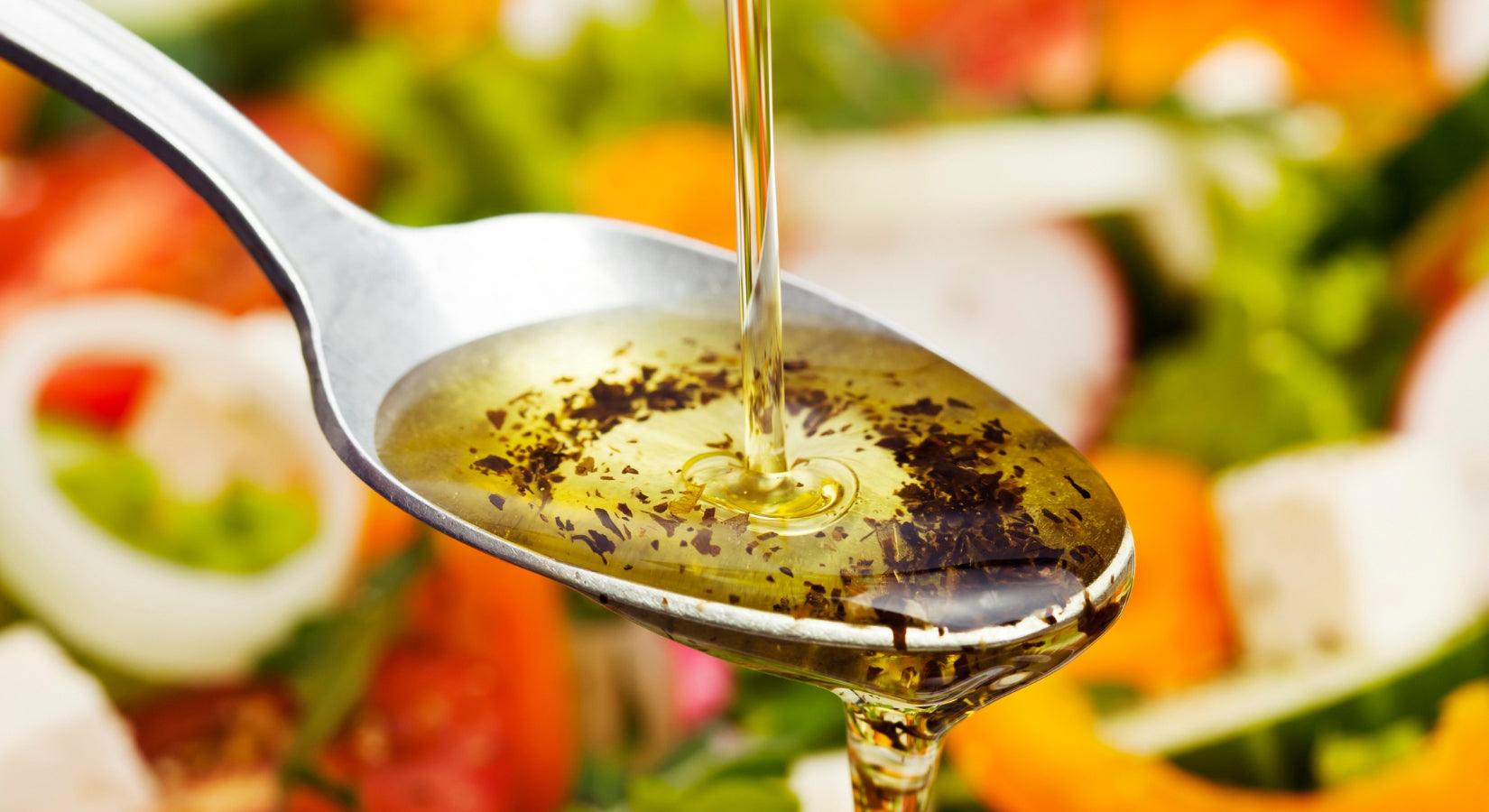
Successive measurement of acid and salt in dressing | Autotitrator
An example of successive determination of concentration of acid and salt chloride in dressing is introduced here. Acid and salt are determined as acid and sodium chloride.
At first, titration of acetic acid with sodium hydroxide titrant is performed. Next, the sample solution is acidified by adding nitric acid, then titration of sodium chloride is performed with silver nitrate titrant.
* The titration for sodium chloride with silver nitrate has to be performed under acidic condition using nitric acid.
At first, titration of acetic acid with sodium hydroxide titrant is performed. Next, the sample solution is acidified by adding nitric acid, then titration of sodium chloride is performed with silver nitrate titrant.
* The titration for sodium chloride with silver nitrate has to be performed under acidic condition using nitric acid.

